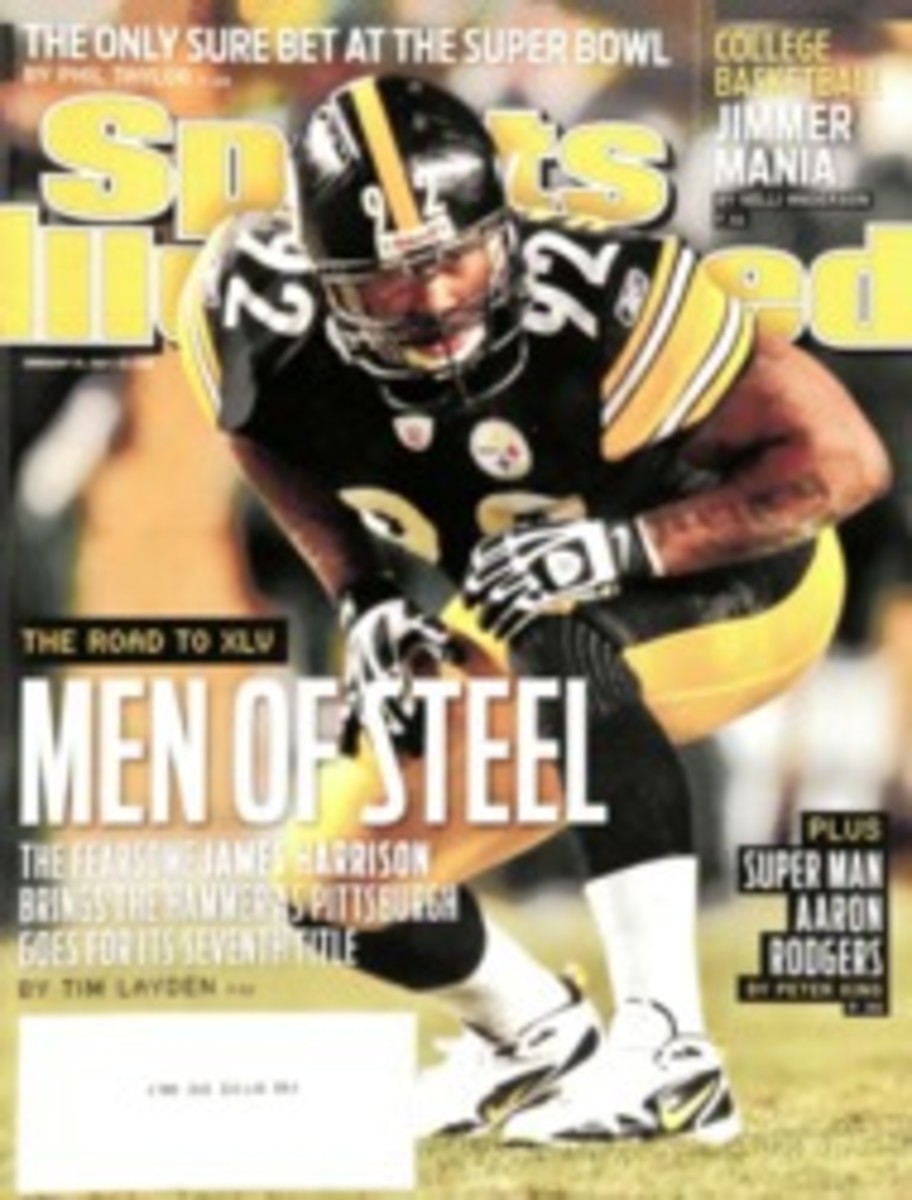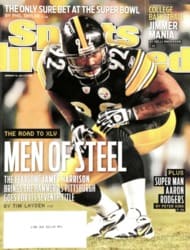
Spanish Lesson
Ten or 15 years ago, few pros outside of Iberia aspired to play tennis like a Spaniard. Mind you, Spain had produced clay-court champions (Sergi Bruguera, Carlos Moyà), but their reputations were built less on strokes than on spirit, not on outsmarting opponents but on outworking them. Spanish players were indefatigable retrievers, virtual walls that returned the ball until their opponents missed. That built Spain an empire on clay, but its players were less successful on other surfaces, and they earned a nickname—dirtballer—that bites harder than Rafael Nadal's topspin forehand.
But now no one dismisses the Spanish way; players learn from it. The first week of the 2011 Australian Open was a sweeping validation of Spanish training and coaching. A record five Spaniards advanced to the men's round of 16, with the top-ranked Nadal leading the way. Two other players who reached the second week—No. 5 Andy Murray of Great Britain and unseeded qualifier Milos Raonic of Canada—have trained in Spain. So did Russia's Svetlana Kuznetsova, the former world No. 2, who made the final 16 in the women's draw. "With Spain, there's a level of success you can't find anywhere else," Raonic says.
Why has Spain outmaneuvered such superpowers as the U.S. and Australia, which saw 29 of its combined 34 players in both draws flame out by round 3? Because the same Spanish traits that were once disparaged as limited have become proven building blocks. Clay teaches a player how to construct a point rather than try to blast a winner from any part of the court; few are better at it than Murray. Spanish trainers' emphasis on hard work instills remarkable stamina; on Sunday the No. 23--seeded Kuznetsova pushed No. 6 seed Francesca Schiavone for four hours and 44 minutes, the longest women's match in Grand Slam history, before bowing 16--14 in the third set. As teenagers, Murray and Kuznetsova attended the same Barcelona tennis academy, run by former ATP pros Emilio Sànchez and Sergio Casal.
The 20-year-old Raonic spent three months at another Barcelona academy working with former Spanish touring pro Galo Blanco before upsetting 10th-seeded Mikhail Youzhny of Russia in the third round in Melbourne. Nothing against Tennis Canada, says Raonic: "They had the right resources, but the main thing I lacked was the mentality."
Spain also exports coaches. Former world No. 6 José Higueras is the USTA's director of coaching; former No. 10 Félix Mantilla holds a similar position with Tennis Australia. But of course the biggest asset Spain has is Nadal. His breakthrough at Wimbledon in 2008 not only showed that a dirtballer could adapt his game to other surfaces but also inspired a new generation of Spanish players. "He opened the door for them to believe that they can win on grass," Mantilla says.
Just as critical: Nadal follows in the Spanish tradition of noblesse oblige. Players and coaches at every level have a story about an older pro who offers to join in their practices or even lend them his coach. "Once players are working like that," says Mantilla, "the rest is much easier."
Now on SI.com
Full coverage from Melbourne plus Jon Wertheim's Tennis Mailbag at SI.com/tennis
DROP SHOTS
Can't-Miss Kid
The biggest upset of Week 1, Alexandr Dolgopolov's five-set win over No. 4 seed Robin Soderling, did not shock U.S. Davis Cup captain Jim Courier. Courier says he saw Dolgopolov play at age three, and the prodigy "never missed. It was so annoying." ... You might say Andrea Petkovic is in a groove. Five months after upsetting No. 17--ranked Nadia Petrova at the 2010 U.S. Open—and celebrating with a jig—the German, ranked No. 33, beat former No. 1 Maria Sharapova 6--2, 6--3 to reach the Aussie Open quarters and got down for the crowd again. "Since I'm doing the dance, I'm playing much better," says Petkovic.... Stanislas Wawrinka's three-set victory over Andy Roddick in the fourth round was his third win over the Texan but the first in a complete match. The other times Wawrinka prevailed, Roddick retired with injuries.
PHOTO
MATTHIAS HAUER/GEPA/US PRESSWIRE (MURRAY)
MORE THAN CLAY MODELS Murray, Barcelona-trained, has demonstrated that the Spanish way works on all surfaces.
PHOTO
DAVID CALLOW (PETKOVIC)

